Hi, my name is Michael Doerge, I’m an intern at the Greater Cleveland Film Commission. I’m a senior Digital Media Production major at Kent State University with a concentration in Digital Film. If you want to know more about me you can read my “Meet the Intern” post from earlier this year.
At Kent State, seniors must complete a Senior Project; which is a short film, short documentary, episode of TV, live broadcast, or whatever you want to make that involves what you learned in the program. I decided to make a short film, as I plan on being a filmmaker. I thought I’d share today the story of our production so far as well as just some tips I’ve picked up while working on this and other projects.
I am currently in the middle of pre-production for my senior thesis film, You’ve Already Gone, which is a psychological thriller/drama about a female college student struggling through a relapse with addiction while she avoids a stalker over the course of a day. It’s a slow-building-tension thriller set in the dead of winter on a college campus. I wanted to use the format of a stalker movie to create a compelling narrative of a young person making the transition into adulthood in this modern climate of mass shootings, student loan debt, and cultural nihilism, without hitting the viewer over the head with these themes or being too “b-horror” movie with it.
The Script
I first had the idea for the script in November of 2018, while directing a short for Kent State University Independent Films (KSUIF). Originally, the idea was something like a Stephen King novel, in the vein of Stranger Things mixed with a Brothers Grimm fairytale that I was writing for a screenwriting class. It was about a little girl whose sister is missing and through the course of the story she finds out about a cannibalistic monster that lives in the woods — it just went down a strange rabbit hole. I felt like the characters were kind of thin and I wasn’t too inspired to write anymore.
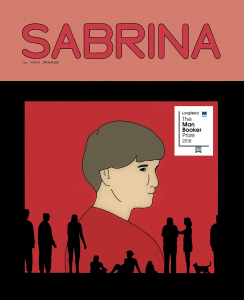 Meanwhile, I read this graphic novel, Sabrina by Nick Drnaso, which had this story about a woman, Sabrina, who was kidnapped and murdered by a serial killer. The story follows her boyfriend, the boyfriend’s friend, and her sister as they struggle to cope with Sabrina’s death and the secondhand trauma that comes from being in the limelight of this highly publicized kidnapping and murder. They are stalked online by people who think the murder was a hoax or government conspiracy. It’s a hard-hitting story and one that I find extremely compelling.
Meanwhile, I read this graphic novel, Sabrina by Nick Drnaso, which had this story about a woman, Sabrina, who was kidnapped and murdered by a serial killer. The story follows her boyfriend, the boyfriend’s friend, and her sister as they struggle to cope with Sabrina’s death and the secondhand trauma that comes from being in the limelight of this highly publicized kidnapping and murder. They are stalked online by people who think the murder was a hoax or government conspiracy. It’s a hard-hitting story and one that I find extremely compelling.
This graphic novel gave me a lot of ideas that I channeled into this feature script I was writing, basically gutting and rewriting every aspect of the story until it became You’ve Already Gone. I wrote a 90-page draft over the semester, and then I wrote a 26-page “proof of concept” short script over the summer of 2019 as my senior thesis. My senior thesis class doesn’t start until Spring 2020, so I was well ahead of the game. I have done 5 drafts on the script as of 11/19/2019.
The Producer
A producer handles all of the logistical, legal, and money issues that arise over the course of production — basically all of the crucial, non-filmmaking aspects of filmmaking. Every good movie you’ve seen was successful because they had a good producer (this is a generalization but it’s almost always true). The director is the one making all the creative decisions, but the producer is the one that puts the pieces in place to make those decisions happen.
I became friends with Adam Wasserman, a fellow student at Kent State when we worked together on a KSUIF short about a year ago. I approached him in the summer about doing our senior thesis as partners, me as writer/director and him as the producer. He liked the script and we were off. Adam is also going to be the editor for the project as well, so the workload is balanced between the two of us.
Script Revisions
After getting the first draft of your script finished, the next step is to take some time away from it (maybe a few weeks), then return with fresh eyes for the second draft/revisions (if you’ve entered pre-production). I got through a second draft of the script before we started pre-production, where we started breaking down the script for casting, props, locations, and the like. So at this point, the script starts getting color-coded. There are a few reasons for doing this, but the main reason is so when a revision is made to the script, everyone can just look at the page and immediately know if they have the latest revised script. If you’re on yellow revisions for page 18, but so and so has a red page 18, then they don’t have the latest pages. This is more important on bigger projects but it’s something one should think about when organizing revisions. Do what works best for your team.
Whether you’re drafting or revising there are a few important things to analyze:
- Dialogue
- You should read the dialogue of your script out loud to make sure it sounds natural. Go through and delete unimportant or repetitive dialogue.
- Real people don’t talk in long, prosaic monologues and soliloquies when they’re just having a conversation. Most conversations are short, choppy exchanges where people are constantly bouncing words off each other. Most dialogue lines should only be a sentence or two (that’s a HUGE generalization, but it’s a good guideline).
- Story
- While working through your dialogue, think about the story. Every scene and every piece of dialogue needs to be laser-focused on pushing the story forward. Any overly repetitive emotional/story beats need to go or be changed.
- You also need to make sure that you’re setting up any pay-offs you have planned at the end of the story. The ole’ Chekhov’s Gun principle. Not everything needs to be set up, but props, people, or character motivations that are important to the plot need to be properly set up in scenes prior to the pay-off, just know that if it doesn’t pay-off in some way, its wasted time, and should probably be cut.
- Pacing
- Pacing is how fast or slow the story is, and when and where the story should speed up or slow down — it’s basically making sure the audience doesn’t fall asleep watching your movie/interview/commercial/Youtube video. Pacing is kind of esoteric to new filmmakers, I only barely understand it at an amateur level, but the pacing is something that needs to be intentional. It’s a tool you can use.
- For You’ve Already Gone, my sixth revision of the script is focused entirely on shaping the pace of the story. I want the tension to really start ramping up towards the end, so I’m trying to speed up the pacing at the start of the third act.
Script Breakdown
When we started pre-production, we sat down and did a script breakdown; which is going through the script line by line and listing every prop, character, location, special effects, and piece of wardrobe that we need to acquire to make the script a reality. We made an itemized list of everything we would need, and this became the blueprint for our production.
Once we had everything written down, it was just a matter of doing literally everything else in production. This is the beginning of Adam’s job as a producer in getting everything together we’d need, and the beginning of my job as a director with making all the decisions on the style and look of the production.
Beat Sheet
Once we went into pre-production, I created something directors use called a beat sheet. This is going through the script and locating where there are shifts in tone and information. Is this beat one of defeat? Is this a victory? Is it sad, happy, longing, or stressed? The beats mark when characters learn new information, and how they react to it. The beat sheet is supposed to be a roadmap of the story. This can be little notes about a section of dialogue or bigger notes about a sequence of shorter scenes. The beat sheet also helps with:
Script revisions. Always be revising the script. Unless you think every aspect is 100% perfect, always be willing to switch things up and change parts of the script. I found that when making the beat sheet for You’ve Already Gone that I was discovering more about the story that I hadn’t during the writing process, and I ended up making major revisions as I went along making the beat sheet.
Shot List
A shot list is a list of all the shots (shocker) that you want to get while in production. There are templates for making the shot list, I just use Google spreadsheets, but to each their own. Basically you need to describe the shot: shot number (scene 1 shot a = 1a. It’s sometimes okay to decide on set what each shot’s letter is but it’s good to note it here, too) the time of day, shot type (close up / wide shot / etc.), shot angle (low angle, eyeline, high angle, etc.), camera movement (dolly in, zoom in, tracking, handheld, static, etc.), and then a general description of the shot’s purpose (ex: character A’s medium coverage). After all that, I like to have a section of special notes, for example: “This shot is an alternate angle for 2b’s coverage, can be cut if falling behind.”
Like writing a script, the shot list needs to be revised. I keep making passes through each scene and adjust it as need be. Try and be as concise as possible with your shots, be sure that shots you choose to tell the story in an interesting way. Use camera movement as much as possible, it adds production value drawing in the viewer, but remember that every shot you put in the shot list you actually have to shoot soon, so don’t put something into your shot list you can’t do. Which is a good time to mention:
Script revisions. Now that you’ve made your shot list, are you realizing that some scenes are going to be really hard to shoot the way you’ve written them? I know I did. I have a scene in You’ve Already Gone that involves a small car stunt: I realized while making the shot list it might be extremely hard to make it look convincing with the budget we have. I’m in the process of rewriting the scene for this and for a pacing issue I think is present. It’s better to figure these things out before you get on set, so you aren’t improvising and rewriting scenes on the fly – which you can do – it’s just time-consuming, stressful, and risky because it might not turn out well.
Director’s Lookbook
This isn’t something I was taught at Kent State, this is something I learned at a filmmaker panel discussion put on by the Sundance Institute at the Akron Museum of Art. Mallory Schwartz, the producer of Before You Know It, showed us a “lookbook” that the director made to pitch the project to investors. Adam and I realized how useful that would be for bringing on the crew and getting fundraising. A lookbook is a slideshow of pictures and videos from movies, TV shows, paintings, clothing, and locations that you place together to explain how you, as the director, want to make the film look and feel like. You explain your movie through other movies, what inspires you in a way that is visually interesting for others. It’s something you can show producers and financiers to prove that you have a vision for the story and you can express it.
Check out the rest of my lookbook for You’re Already Gone.
Discovering what a lookbook is might be the most useful thing I’ve learned in the last year. It makes it so much easier to explain what’s going on inside your head in a way that people actually understand. You can make a lookbook for literally every aspect of the film. I know that Robert Eggers, director of The Lighthouse and The Witch, uses lookbooks for everything. For The Lighthouse, he made a lookbook for the costume design, for the cinematography, I’m sure for the locations even.
You can even go as far as to even make a sizzle reel, which is like a trailer for the movie you make before you even shoot the movie, using clips from other movies and cheaply made storyboards. It’s like a lookbook but more condensed (and more exciting). Reportedly, Taika Waititi got the job directing Thor: Ragnorak based on the strength and style of a sizzle reel he made, which featured Led Zeppelin’s ‘Immigrant Song.’ The sizzle reel had such a strong impact on the style of the movie, ‘Immigrant Song’ was used in the trailer for the film and was featured in the climax of the movie. I haven’t made a sizzle reel, but I plan on filming a little commercial/trailer that will act as a sizzle reel, maybe using pre-existing movie clips.
Fundraising
You need money to make movies…like a lot of money. Even a student project where we are getting most of the equipment for free from the university and the whole crew is working for free, we still need to buy wardrobe, props, food, rent specific equipment, create special effects, pay for film permits, gas for transportation, and film festival submission fees. Some of these the university might cover, but for the rest, we’re on our own.
This is where fundraising comes into play. Adam and I made a fundraiser at fundly.com, and we wrote up a bunch of donation goals, wrote a long(ish) plot summary and imbedded my director’s lookbook into the project, and started sharing it with family members and friends. We’ve spent the last few months, and will be spending the next few months spreading the fundraiser around trying to get as much money as possible. The more money we can get, the more cool things we can get for our camera/lighting and for our art department to buy props, wardrobe, and all that kind of stuff.
We made goals, so when we reached $500 Adam and I made a reaction video of us eating Blazin’ Wings — the spiciest wings you can get at Buffalo Wild Wings. For $1,000 we said we wouldn’t cut out hair until the movie was done.
Casting
This is the most important step (behind the script, obviously)! No one is going to like the movie if the acting is bad. Luckily for us, I developed a strong relationship with a very talented actress on the set of Adam and I’s previous film together, Kirby Schmieding. I asked Kirby if she would be the lead and she said yes, so that’s a start. I had another friend of mine that I’d worked with before that I cast in a supporting role opposite Kirby. But as for the rest of the cast, we have to cast them (shocker).
We reached out to the Theatre program at Kent State, we spread the word around the Houde Acting School in Cleveland, and posted online at a few northeast Ohio theatre casting websites. We’ve got a good response but are still waiting for some audition tapes to come in.
Cinematography
Probably the #1 collaborator for a film director is the cinematographer/director of photography. They are in command of the lighting and camera on set, they create the visual design and language with the director. Adam and I threw around some names but eventually landed on a friend of mine, Mike Oyler.
It is important to have a good DP on any shoot. Lighting and camera work create the style and feel of the project, so discussing and talking through the visual language of the film is important. For You’ve Already Gone we have been talking about how to best utilize different focal lengths for the style of the film combined with different camera movements. How you choose to motivate the camera and the lighting can drastically change the meaning of a scene.
To this end, I made a Cinematography Lookbook to help show Mike how I want to use the camera in a very specific way. In particular, I want to use long focal length zoom lenses and dolly shots to convey energy and intrigue into the story. I want to put the viewer firmly in the protagonist’s shoes and see the world through her eyes.
Sound
Sound might be the most important part of a movie. Sound will immerse you in the world of the movie more than the picture ever will. Bad sound will make the movie feel like it’s crappy, even if the cinematography is beautiful with the best 4k camera and most expensive lighting tools and a skilled DP. Bad sound = a bad movie/commercial/video. Period.
So we took finding a good sound mixer very important. Adam’s good friend Nate Fortin came on board as our boom operator, and a new friend of ours Jack Beja (a recent graduate of Kent State) has agreed to come on as our Production Sound Mixer.
Location scouting is a massively important part of filmmaking. If the scene takes place in a diner, you need to find a diner to shoot in, dontcha? Well, what kind of diner? It’s important that the DP and the Sound Mixer go on scouts, or at least see the location beforehand, so they can have an idea of what to expect on set. We just took Mike and Jack out on a scout to all the locations we will be filming in January.
Post-Production Sound. There is a lot that goes into post-production sound: dialogue replacement (ADR), foley, sound effects, the overall sound design for the project; and it’s all extremely important and is where the movie really comes to life. I’m going to be working on the sound for this project with other students at Kent through the Post-Production Sound class.
Music is the final touch that adds an incredible amount of weight and emotion to a project, so it’s important to get it right. I contacted one of the first people I met in my major as a freshman, a dude named Sam Pownell. He’s a videographer and a musician, as well as a score composer. He composes for a local filmmaker, Jeremy Herbert, and it’s hearing these scores that made me reach out to Sam for help.
Production Design
Brandon J. Hurst is our production designer, so he’s the one who’s been tasked with the challenging task of creating the suit for this monster that’s in the script. It’s a big, 13ft tall demonic raven that I call “the Fiend,” it’s kind of a spoiler to the movie but not a huge one. The creature design is by far the most difficult aspect of the production design, so I felt it was necessary to commission the creation of some concept art from another of my friends, Ashleigh Byrer.
I’ll show off some of the early sketches and designs, but not the final (gotta keep some sense mystery around it). All this was created by Ashleigh for us.
Beyond the creation of the Fiend, Brandon’s job as a production designer is also crucial to the overall look of the film, as production design encompasses set dressing, wardrobe, makeup, and all the props that we’ll be using on set. Set dressing is going to be particularly important because we’re filming on Kent campus, as well as in and around several apartment complexes in Kent. We’ve all seen a billion student projects from Kent that are filmed in basically the same 6 or 7 locations so the set dressing and cinematography have to work together to make these familiar (boring) locations look fresh and visually interesting.
1st AD
The 1st Assistant Director (1st AD) is basically the mom of the set. They make sure everything is on schedule, they make sure everyone is safe, and they keep everything working smoothly. In all honesty, having punctual and assertive 1st AD can save or kill a project. They have to be willing to tell the director that they have to move onto the next shot or scene, and they have to be stern. They have to be focused on keeping the crew moving and the energy high on set. For this Brandon J. Hurst will also be acting as our 1st AD. We’re good friends so I know he’ll give it to me straight, and he’s an extremely focused individual.
Conclusion
That’s as far as we’ve gotten with pre-production for You’ve Already Gone. It’s an exciting process that requires a lot of patience. A lot of patience, but I know it’s going to pay off in the end. The anxiety and uncertainty is just part of the job.
If you want to stay updated on the project, you’re best bet is to follow me on twitter @TheRealMikeDerg or check in on the fundraiser page from time to time. Peace.
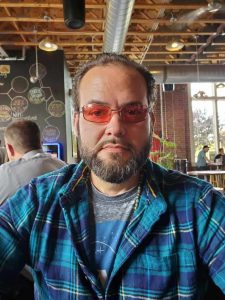 Hi, my name is Mark T. Stoffer and I was born and raised right here in the great state of Ohio. I graduated from Cambridge High School in Cambridge Ohio, twenty-four years ago and since then I have served my country in the United States Army (82nd Airborne Division Combat Veteran). I have also served my community as a police officer for several years, and also attained three collegiate degrees; an associate in Criminal Justice, Bachelors in Forensic Psychology, as well as a Bachelors in Religion.
Hi, my name is Mark T. Stoffer and I was born and raised right here in the great state of Ohio. I graduated from Cambridge High School in Cambridge Ohio, twenty-four years ago and since then I have served my country in the United States Army (82nd Airborne Division Combat Veteran). I have also served my community as a police officer for several years, and also attained three collegiate degrees; an associate in Criminal Justice, Bachelors in Forensic Psychology, as well as a Bachelors in Religion. I first found out about the Greater Cleveland Film Commission two years ago when I was working at the Ohio City Bicycle Co-op. Mike Wendt, the production coordinator here at GCFC, came to shoot a promo video about a cycling team, and he needed an appropriate backdrop for interviews. The bike co-op, with all its miscellaneous bicycles and parts hanging around the place, was the perfect place, and before he left he gave me his business card. That summer a number of other films came through the bike co-op looking for props or to consider using the space as a set. I called Mike to ask him for advice about what was the going rate to rent our space or what it might cost to buy or rent props. Mike was a really helpful resource, and I thought it was awesome that there was so much activity based around movies in the Cleveland area.
I first found out about the Greater Cleveland Film Commission two years ago when I was working at the Ohio City Bicycle Co-op. Mike Wendt, the production coordinator here at GCFC, came to shoot a promo video about a cycling team, and he needed an appropriate backdrop for interviews. The bike co-op, with all its miscellaneous bicycles and parts hanging around the place, was the perfect place, and before he left he gave me his business card. That summer a number of other films came through the bike co-op looking for props or to consider using the space as a set. I called Mike to ask him for advice about what was the going rate to rent our space or what it might cost to buy or rent props. Mike was a really helpful resource, and I thought it was awesome that there was so much activity based around movies in the Cleveland area. What’s going on guys! My name is Tyler Muniz, and I’m from the Cleveland area. I’m a student over at the CSU School of Film and Media Arts studying Post-Production and am currently in my last semester there. Originally before coming to CSU, I was at Tri-C and got my Associate’s Degree from there. So, it’s weird to say that I’m “in the endgame now…”.
What’s going on guys! My name is Tyler Muniz, and I’m from the Cleveland area. I’m a student over at the CSU School of Film and Media Arts studying Post-Production and am currently in my last semester there. Originally before coming to CSU, I was at Tri-C and got my Associate’s Degree from there. So, it’s weird to say that I’m “in the endgame now…”.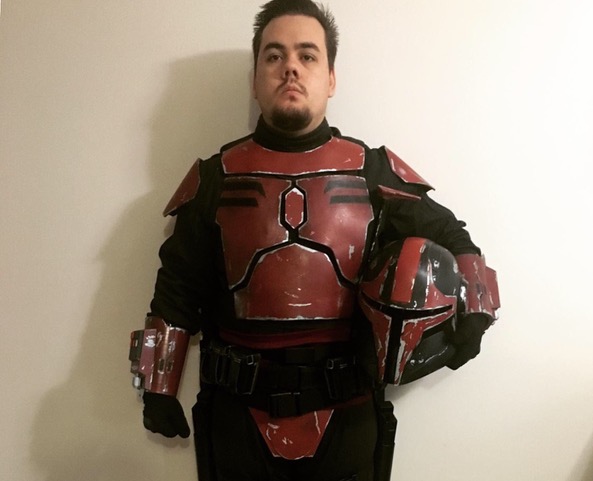 So, when it comes to favorite movies and shows, there’s obviously a few I’d like to mention. In terms of movies, all the Star Wars films is an obvious answer. But I do enjoy a variety of other movies like The Shawshank Redemption, Inglorious Basterds, The Matrix, and a variety of other classic films. Recently I watched Parasite and JoJo Rabbit, and I loved every minute of both! In terms of TV shows, my all-time favorites are The Office, Community, Always Sunny in Philadelphia, and the animated show Cowboy Bebop. As of recent shows, I love The Mandalorian on Disney+ and have started watching Letterkenny on Hulu.
So, when it comes to favorite movies and shows, there’s obviously a few I’d like to mention. In terms of movies, all the Star Wars films is an obvious answer. But I do enjoy a variety of other movies like The Shawshank Redemption, Inglorious Basterds, The Matrix, and a variety of other classic films. Recently I watched Parasite and JoJo Rabbit, and I loved every minute of both! In terms of TV shows, my all-time favorites are The Office, Community, Always Sunny in Philadelphia, and the animated show Cowboy Bebop. As of recent shows, I love The Mandalorian on Disney+ and have started watching Letterkenny on Hulu.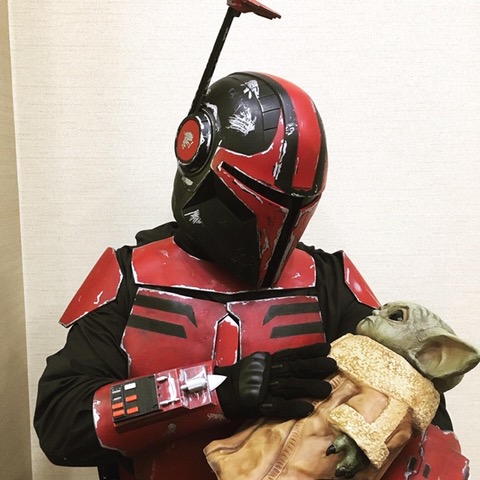
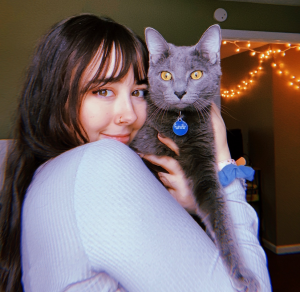 Hello, my name is Taylor St. Andrassy and I am currently a senior at the Cleveland Institute of Art receiving my BFA in Photography. I live in Cleveland with my two cats who I love very much. When I’m not in class I can be found volunteering at the Cleveland Animal Protective League or at work. Working at a movie theater has been an amazing job for me because I not only get to watch tons of free movies but I also get to work with other people who love movies and have a lot of great conversations.
Hello, my name is Taylor St. Andrassy and I am currently a senior at the Cleveland Institute of Art receiving my BFA in Photography. I live in Cleveland with my two cats who I love very much. When I’m not in class I can be found volunteering at the Cleveland Animal Protective League or at work. Working at a movie theater has been an amazing job for me because I not only get to watch tons of free movies but I also get to work with other people who love movies and have a lot of great conversations.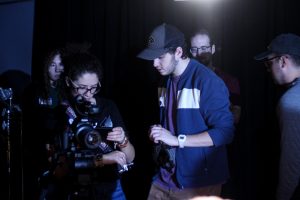
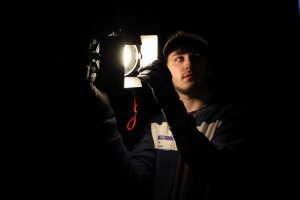
 Meanwhile, I read this graphic novel, Sabrina by Nick Drnaso, which had this story about a woman, Sabrina, who was kidnapped and murdered by a serial killer. The story follows her boyfriend, the boyfriend’s friend, and her sister as they struggle to cope with Sabrina’s death and the secondhand trauma that comes from being in the limelight of this highly publicized kidnapping and murder. They are stalked online by people who think the murder was a hoax or government conspiracy. It’s a hard-hitting story and one that I find extremely compelling.
Meanwhile, I read this graphic novel, Sabrina by Nick Drnaso, which had this story about a woman, Sabrina, who was kidnapped and murdered by a serial killer. The story follows her boyfriend, the boyfriend’s friend, and her sister as they struggle to cope with Sabrina’s death and the secondhand trauma that comes from being in the limelight of this highly publicized kidnapping and murder. They are stalked online by people who think the murder was a hoax or government conspiracy. It’s a hard-hitting story and one that I find extremely compelling.
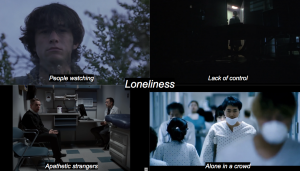
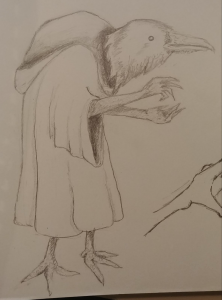
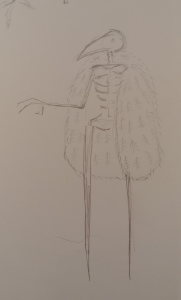
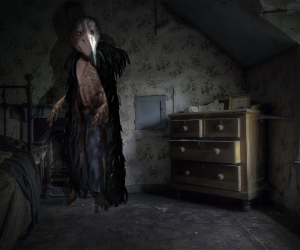
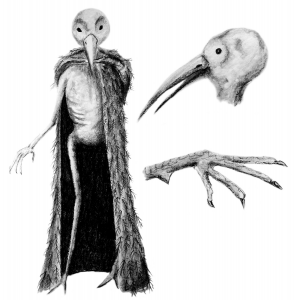
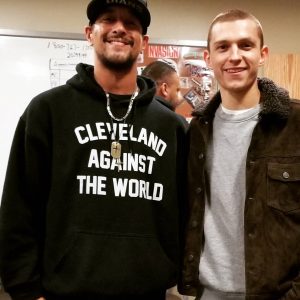
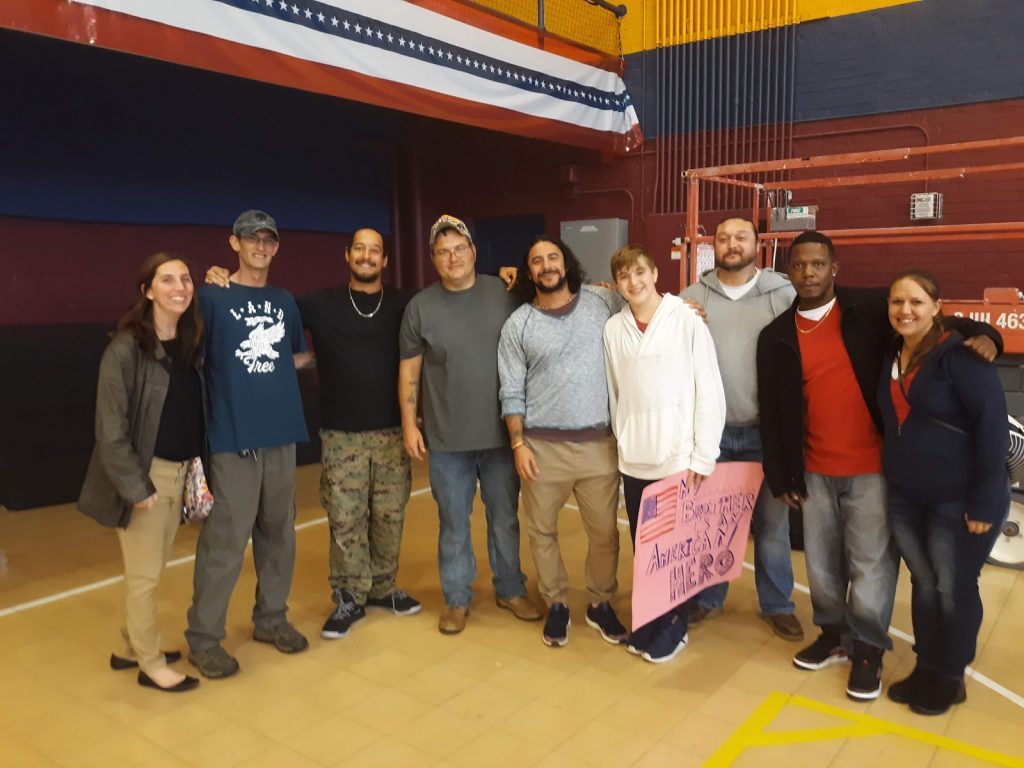
 Hello, my name is Robert J. Smith, I’m 33 years old and I live in Olmsted Falls, Ohio. I’ve lived in Ohio for my whole life, I graduated from Olmsted Falls High School in 2004 and enlisted in the United States Marine Corps after that. I’m the oldest of 4 kids; I have 1 brother Jordan Smith and my sisters Sydney and Summer Smith, and my parents are Sheila and Robert Smith. I’m a huge Cleveland sports fan, love the Indians, Cavs, and Browns, and I’m also a HUGE Ohio State football fan.
Hello, my name is Robert J. Smith, I’m 33 years old and I live in Olmsted Falls, Ohio. I’ve lived in Ohio for my whole life, I graduated from Olmsted Falls High School in 2004 and enlisted in the United States Marine Corps after that. I’m the oldest of 4 kids; I have 1 brother Jordan Smith and my sisters Sydney and Summer Smith, and my parents are Sheila and Robert Smith. I’m a huge Cleveland sports fan, love the Indians, Cavs, and Browns, and I’m also a HUGE Ohio State football fan. I’m a huge TV and movie person! Some of my favorite movies are GoodFellas, Friday, Training Day, Casino, and Half Baked. Also, some of my favorite shows ever are Power, Breaking Bad, Freaks and Geeks, Law and order: SVU (and yes I’ve watched every episode ever created, all 21 seasons). I’m also a huge WWE fan. With that said, I’m excited to learn all the details and behind-the-scenes stuff that needs to happen to get a TV show or movie created.
I’m a huge TV and movie person! Some of my favorite movies are GoodFellas, Friday, Training Day, Casino, and Half Baked. Also, some of my favorite shows ever are Power, Breaking Bad, Freaks and Geeks, Law and order: SVU (and yes I’ve watched every episode ever created, all 21 seasons). I’m also a huge WWE fan. With that said, I’m excited to learn all the details and behind-the-scenes stuff that needs to happen to get a TV show or movie created.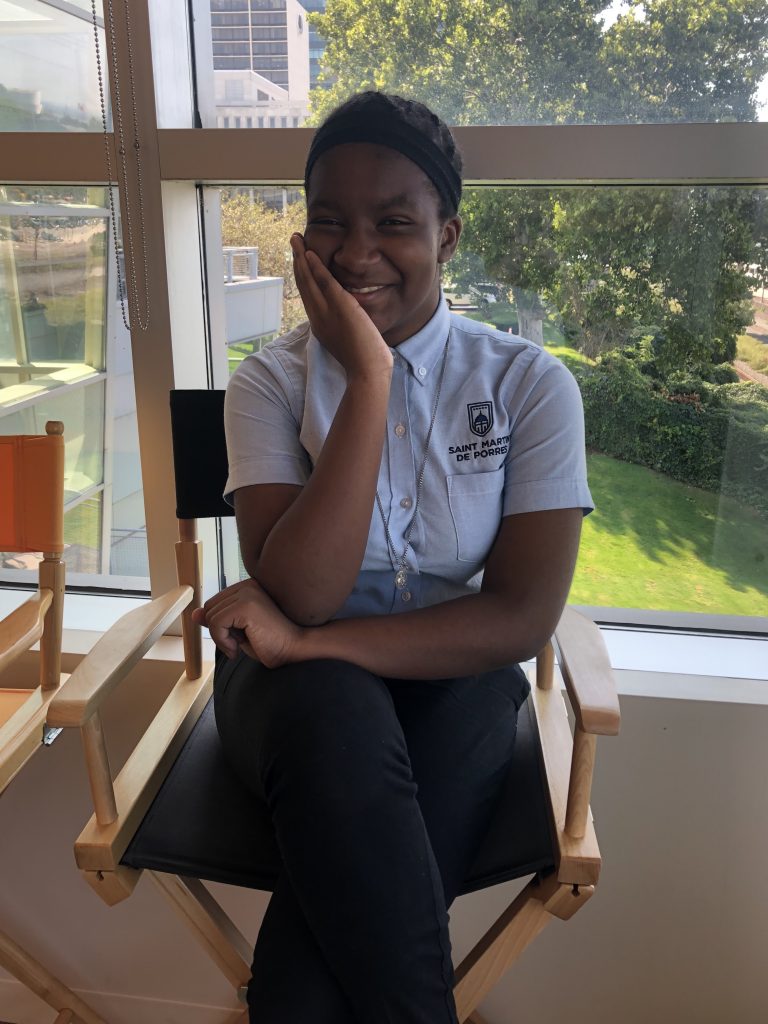 Hi, my name is Jamari. I am a Freshman attending Saint Martin de Porres High School. I am 14 years old. I am a YouTuber and my goal is to get to 1 million subscribers! In my free time, I like to play games and help others. My favorite thing to do is make YouTube videos for my fans.
Hi, my name is Jamari. I am a Freshman attending Saint Martin de Porres High School. I am 14 years old. I am a YouTuber and my goal is to get to 1 million subscribers! In my free time, I like to play games and help others. My favorite thing to do is make YouTube videos for my fans.